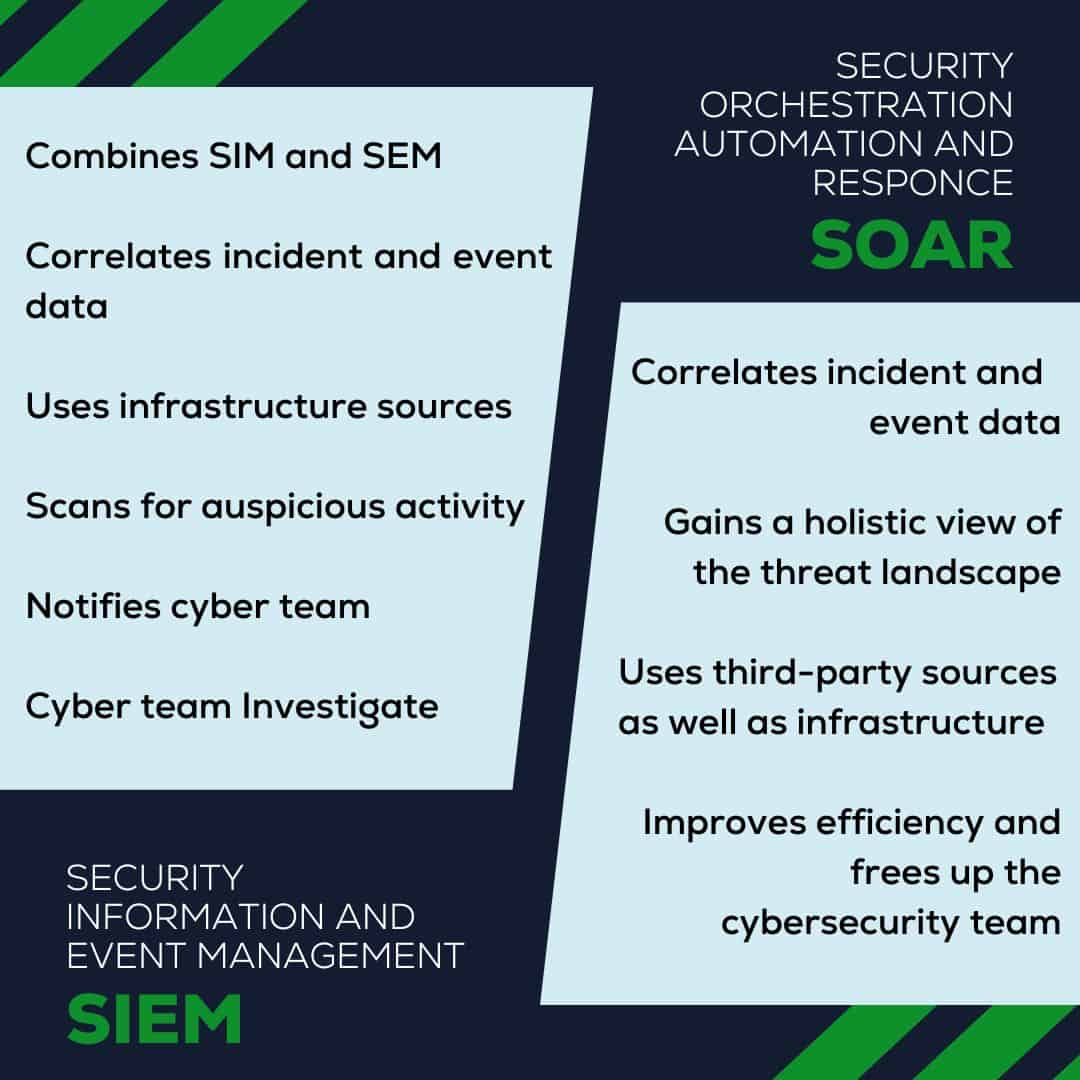
“We needed to find solutions to a variety of issues whilst being a complex business, operating in a 24/7 environment. Stripe OLT listened and understood immediately the challenges we faced.”







“We needed to find solutions to a variety of issues whilst being a complex business, operating in a 24/7 environment. Stripe OLT listened and understood immediately the challenges we faced.”







“We needed to find solutions to a variety of issues whilst being a complex business, operating in a 24/7 environment. Stripe OLT listened and understood immediately the challenges we faced.”






Request a Call-back.
First we need a few details.
Keep up to date with the experts
Get insights direct to your email inbox
Follow us on social

“We needed to find solutions to a variety of issues whilst being a complex business, operating in a 24/7 environment. Stripe OLT listened and understood immediately the challenges we faced.”






Request a Call
First we need a few details.
Security Information and Event Management (SIEM) and Security Orchestration, Automation and Response (SOAR) tools are both typically managed by the SecOps team within your Security Operations Centre (SOC). As overlapping tools that aim to resolve the same issues, many make the mistake of using SIEM and SOAR interchangeably, however as differing tools that complement each other, the best cyber security company should utilise both technologies for an optimal cyber security operation.
With 2021 witnessing a shift towards remote working, cyber-criminals consequently benefitted from new attack surfaces to take advantage of, leading to an unprecedented rise in email compromise-based attacks (with phishing making up 70% of all data breaches). With this is mind, cyber security management for multiple devices throughout your infrastructure can be an expensive and time-consuming task. That’s where SIEM and SOAR come in. But what do they mean and what’s the difference between the two security tools?

SIEM is essentially a security information and event management solution, utilising the combined power of two security systems – Security Information Management (SIM) and Security Events Management (SEM). Through combining these functionalities, SIEM security tools correlate and interpret an immense amount of incident and event data from various sources within the infrastructure (networks, servers, databases, applications etc), to then analyse and scan for any suspicious activity, notifying the relevant cyber security management users accordingly. For a more in-depth dive into SIEM tools and how to use them, read our guide to SIEM.
One drawback of employing a standalone SIEM solution is that once alerted, SOC security analysts are required to spend time examining the numerous events in order to acknowledge the potential threat – this then allows the intelligence software to better identify future threats and differentiate between anomalous and usual behaviour. Utilising SOAR tools in conjunction automates this task, freeing up valuable time and essentially making your SOC team and cyber security operation more efficient.
Similarly to SIEM, SOAR solutions also gather and analyse vast amounts of data from various sources, however, whilst SIEM accumulates the data from infrastructure sources, SOAR solutions also draw additional information from third-party security sources in order to get a holistic overview of the threat landscape. Not only this, but SOAR tools relieve the SecOps team of the time-consuming task of sifting through the amassed data by creating a digital workflow format.
The main benefit of utilising SIEM and SOAR in conjunction is the workforce efficiency provided to your SOC team. Whilst SIEM tools provide an alert for the SOC team to investigate, SOAR follows up on this alert, automating this investigation path for faster and more efficient results without the need for human involvement.
There are benefits to both SIEM and SOAR and their combined use.
Get a real-time analysis of alerts generated from infrastructure sources, allowing for immediate information on threats.
Logs are combined from infrastructure sources to make it easier to look for patterns.
Can generate reports needed for regulatory compliance.
Historical data can be stored and analysed to create a fuller picture for forensic analysis after a security incident.
The SIEM allows for a centralised platform for monitoring various security events.
Automates repetitive tasks and reduces workload, increasing efficiency.
SOAR platforms enable a quicker response through automation processes and workflows.
In addition to infrastructure, SOAR will use other data sources from third parties, improving understanding of threats.
Coordinates various security tools and systems that create one unified operation.
The automation and orchestration
The automated processes and predefined playbooks help with a rapid response time to any security incident.

Through collecting data at a cloud scale, SIEM tools often provide more alerts than your SecOps team can effectively react to. As such, top cyber security companies should implement SOAR tools in addition, as the built-in orchestration and automation of common tasks delivers rapid responses for unparalleled threat detection. As a result, your security analysts can focus their time on their area of expertise, consequently creating a highly functioning and efficient SOC to effectively mitigate risks to the business.
Liam Jones, SOC Analyst at Stripe OLT states:
“We have some really interesting ongoing projects in the team right now which enable us to automate certain analytics rules. This means we can focus more on the alerts that really need attention. When it comes to orchestration and automation, the trick is to strike the balance just right.”
As a UK top cyber security company, we utilise the scalable, cloud-native SIEM and SOAR solution that is Microsoft Azure Sentinel.
For those looking to understand the value and power that Azure Sentinel can bring, our Azure Sentinel Onboarding (proof-of-concept) will provide you with everything you need to modernise your security operation.
Speak to our certified Azure Sentinel consultants here and begin your organisation’s cyber security journey today.